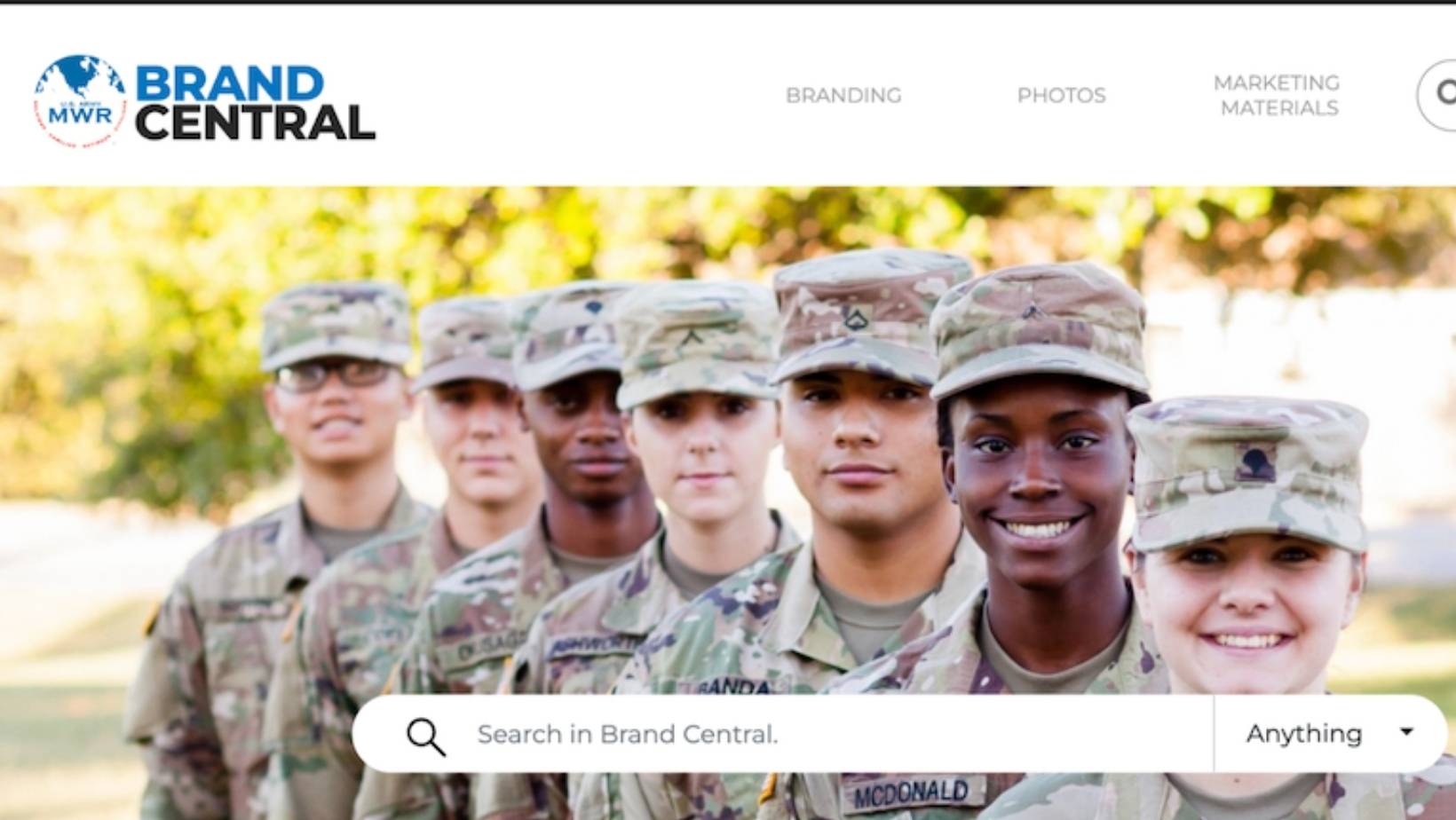As remote work becomes the norm, maintaining efficient internal communications within organizations, particularly in the government sector, has become a formidable challenge. Open source technologies have emerged as a pivotal solution, offering a range of tools such as group chat, file sharing, and team collaboration that are not only cost-effective and flexible but also secure and accessible.
Don't let your intranet hold you back. Download our free assessment and discover how to transform your internal communications.
This blog explores the transformative impact of open source technologies on internal communications in government entities, enriched with real-life case studies exemplifying the benefits and implementations of these technologies.
Chat: A Case Study

The Department of Homeland Security and Bridge 4 Public Safety needed a secure messaging platform for inter-agency communication. Rocket.Chat, an open source collaboration tool, provided a solution for their needs.
- Enhancing Real-Time Interaction: Rocket.Chat has significantly shortened response times, enabling quicker decision-making processes.
- Fostering Community and Collaboration: The platform promotes a more informal, communal space for employees to exchange ideas and knowledge.
- Boosting Productivity: By streamlining communication channels, Rocket.Chat reduces reliance on emails and meetings, leading to higher efficiency.
- Archiving for Future Reference: All conversations are securely archived, allowing easy access to past discussions and decisions.
- Ensuring Secure Conversations: With on-premise hosting, Rocket.Chat meets the stringent compliance requirements necessary for protected communications.

Chat provides real-time, collaborative, and accessible communication, reducing response times, increasing productivity, and improving communication archiving.
Revolutionizing Asset Management: U.S. Army's Open Source Solution

The U.S. Army Family and MWR faced challenges with their proprietary Digital Asset Management System (DAM) and a cumbersome SharePoint setup. Transitioning to an open-source DAM revolutionized their approach by:
- Centralizing Digital Assets: This streamlined system allows web managers to quickly locate necessary information, significantly improving efficiency.
- Encouraging Seamless Collaboration: The DAM facilitates real-time asset sharing and collaboration, minimizing the need for lengthy email chains.
- Maintaining Version Integrity: With comprehensive version control, changes are easily tracked, and previous versions are readily accessible.
- Upholding Brand Consistency: The open-source DAM ensures strict adherence to brand guidelines, enhancing brand recognition and consistency.
In summary, a DAM system provides centralized access to digital assets, enables real-time collaboration, provides version control, and enforces brand consistency. This leads to a more streamlined and efficient internal communication process, ultimately improving organizational performance and productivity.
Enhancing Web Accessibility with ANDI

- Universal Web Accessibility: ANDI aids in creating more navigable and comprehensible web experiences for individuals with disabilities.
- User-Friendly Interface: The tool is designed for easy implementation, enabling organizations to swiftly integrate accessibility features.
- Expert-Backed Updates: Maintained by SSA's Accessible Solutions Branch, ANDI reflects the latest in accessibility standards and practices.
The Extranet Evolution: U.S. Army Family and MWR’s Leap Forward
The U.S. Army Family and MWR within IMCOM runs thousands of businesses. While they use SharePoint for some departments to organize their documents, the process of creating content within SharePoint can be challenging for a busy web manager working on an Army base.
For years countless hours were wasted emailing information upon request to individuals who needed it. Be it a question about training or the nutritional information for a recipe, finding the source of truth for these simple but important questions was painful and time consuming. The U.S. Army Family and MWR implemented a new Extranet and improved internal communication in the following ways:
- Establishing a Unified Communication Platform: This central hub simplifies information retrieval, reducing misunderstandings and information silos.
- Enhancing Collaborative Efforts: Real-time information sharing fosters a collaborative environment, streamlining project coordination and execution.
- Boosting Organizational Transparency: By providing an overarching view of initiatives, the extranet keeps all members informed and aligned.
- Refining Communication Processes: Centralization minimizes scattered communications, ensuring all stakeholders remain informed and engaged.
The integration of open-source technologies is reshaping the landscape of internal communications within government sectors, evidenced by the successful deployments by the Department of Homeland Security, the U.S. Army Family and MWR, and the utilization of ANDI for accessibility compliance. These tools collectively enhance real-time communication, asset management, and web accessibility, steering government agencies towards more efficient, secure, and inclusive internal communication practices.
Sources
- Social Security Administration. (n.d.). ANDI - Accessibility Testing Tool - Install. Retrieved from https://www.ssa.gov/accessibility/andi/help/install.html
- Rocket.Chat. (n.d.). Public safety communications. Retrieved from https://www.rocket.chat/customer-stories/public-safety-communications
Read our additional resources for governments:
- Government Websites Using Concrete CMS
- Government DAM Buying Guide
- How to make U.S Government PIV/CAC Authentication Work
- Lesser Known Requirements For Federal Websites
- Government Website KPIs: How to Choose the Right KPIs for Your Site
-
Open Source For Government and Its Impact on Internal Communications
